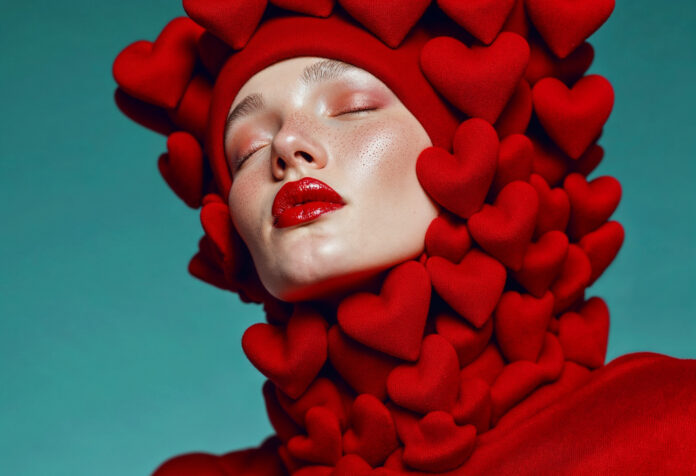The question of whether AI art is killing art is contentious and worth exploring with a nuanced perspective. AI art exhibits tensions within it—on the one hand, it challenges established concepts of creativity, originality, and artistic human capacity. Conversely, it opens up fresh possibilities for human expression and democratizes creative agency. So, is AI art actually killing art, or is it only transforming our perception of art and the artist?
To start, let’s tackle the fear that AI art dilutes an artist’s work. The roots of traditional art come from the human experience—emotion, personal experience, culture, and literacy in a craft. Artists are literally trained over the course of years, and slowly develop methods to evoke their inner vision into a two-dimensional painting, film, or digital art. With some human input, AI can produce images that simulate the composition, color, and content of art, in seconds or minutes. In effect, many see this as a shortcut, a process that seems mechanical and denies humanity’s soul from art. There are fears that AI art will level the playing field and devalue artist wages to a hobby, flood the market with AI workshops, fail to pay artists back royalties, etc.
The argument misses a crucial ideology—art is more than the final image. It is intention, process, and context. An AI-generated version of a painting could arguably look nice or impressive, but it lacks the artist’s process. In a human’s painting, a viewer could consider that artist’s process, struggle, inspiration, and, of course, message. The identity of the artist and their lived experience imbue the work with meaning no machine can duplicate. The artist’s hand embodies more than technique, it embodies the consciousness that can question, disrupt, or celebrate the world.
Nonetheless, AI art is creating a shake-up in the art world’s hegemonic structures, making clear we must reconsider what creativity actually means. If a machine can remix styles in existing work and produces something new to look at, even if it is derivative, is that art? The definition of art has always been fluid throughout time, from cave paintings to digital installations it will continue evolving. AI art offers something for this continuum by expanding the artist’s tool bag. It can exist as a collaboration between multiple people, a collaboration between artist and a machine, an assistant to artist, and/or even exist as a new medium that allows the artist to consider ideas in a different way. Many contemporary creatives are using AI to expand their own practice, as opposed to replacing it, whereas a human artist utilizes intuition and machines create via algorithms.
AI-generated art also has the power to democratize creation as has never been able to happen before. You do not need to pay for expensive materials nor have years of training to make something beautiful or culturally relevant using AI tools. This accessibility breaks down a variety of barriers creative barriers, allowing truly more people to express ideas and show their creativity or lack thereof. Even if that’s something that purists don’t value as “true art” this should be valued as new perspectives, new voices, and new culture being introduced.
That being said, there are also legitimate positions about the ethics and economics of AI-generated art. Many AI models are being trained on datasets of existing artwork without consent from the original artists, with major implications in terms of intellectual property, ownership and fair credit. If an AI is fed the works of every creator and then creates a volume of “art” that derive from its own, then who owns the rights to that derivative work? If the internet is flooded with free AI-generated art, what implications lie for human artists financially and in their practice? These challenges will need to be addressed as an industry to ensure artists can flourish moving forward.
I don’t believe AI-generated art is killing the artist. It is simply disrupting the already outdated way of thinking about artistry, creativity, and forcing us to recalibrate how we think about creativity in a digital landscape. While some professional that adapt and embrace AI tools as part of their process can use it to either innovate the way they create or engage with audiences, those that cling onto rigid definitions are the ones that will become redundant. Art is still centered on human expression—even though machines can elevate or disrupt human expression, they cannot fully replicate a human voice and create a meaningful work from that voice.
So think of AI-generated art less as the death of the artist, and more as a moment to evolve the human and machine expression. It asks that artists, audiences and institutions rethink what art means, who can make it, and how we value it. The artist isn’t dying, they are reshaping like all art is constantly in a state of flux.

